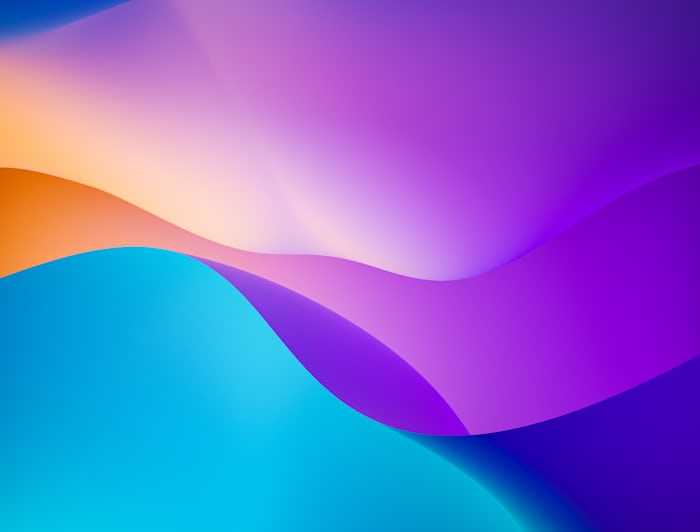Freemind
Sign up for freemind newsletter.

Regular practice and integration of these techniques will refine your photography, enabling you to produce professional-quality images. This expertise allows for greater creative freedom and helps develop a distinctive style. Your photos will not only improve in quality but also tell more powerful visual stories.
Photography techniques can transform your photos from ordinary to extraordinary. They solve common problems like flat images, lack of focus, and poor composition. By mastering these techniques, you can create dynamic, engaging, and visually appealing photos.
These techniques, such as adjusting the depth of field, using leading lines, or experimenting with high key lighting, bring immediate benefits. They help you control the focus, guide the viewer's eye, and produce clean, minimalist photos. Over time, these techniques will enable you to tell more powerful visual stories and develop a unique photographic style.
To action these techniques, start by practising each one individually. Spend time understanding how they affect your photos. Then, integrate them into your regular shooting routine. Over time, these techniques will become second nature, enhancing your overall photographic skills.
Adjust your aperture settings to see how it affects focus and background blur. This will help highlight your subject or create a dreamy background.
Tilt your camera to add a dynamic feel to your photos. Experiment with different angles to see what works best.
Find or create lines in your composition that draw the viewer's eye towards the subject. This makes the photo more engaging.
Experiment with moving your camera while taking a shot. This can create interesting effects and convey a sense of motion.
Use bright lighting to create a high key effect. This produces clean, minimalist photos with few shadows.
Stick to one colour and its shades in your photos. This creates a cohesive and striking image.
Leave space in the direction your subject is facing or moving. This gives your photo a sense of motion and anticipation.
Use natural frames like windows or doors to highlight your subject. This adds depth and focus to your image.
Study the colour wheel and use complementary colours. This makes your subjects stand out and creates a vibrant photo.
Use long exposure times to create stunning light trails in your photos. This technique can produce magical and dynamic images.
Practice centering your main subject. This creates a strong focal point, drawing immediate attention.
Use soft focus to create a dreamy, impressionistic effect. This technique is great for artistic and ethereal photos.
Use empty space to highlight your subject. This creates a minimalist and powerful effect.
Use long exposure to capture light trails and smooth out water or clouds. This can create dramatic and beautiful images.
Experiment with infrared photography to capture surreal and otherworldly images. This technique requires special equipment or filters.
Use slow shutter speeds to capture the movement and convey a sense of action and energy.
Incorporate diagonal lines into your compositions. These lines add dynamism and interest to your photos.
Focus on simplicity in your compositions. Remove any unnecessary elements to create clean and powerful images.
Look for repeating patterns and interesting textures. These add depth and interest to your photos.
Arrange your shots to achieve balance. Symmetrical compositions are pleasing and impactful.
Experiment with fluorescence photography using UV light. This can reveal hidden details and create unique, glowing images.
Photography Skills and Techniques FAQ
The camera is an instrument that teaches people how to see without a camera.
— Dorothea Lange
Get practical tips and insights to boost your creative skills. After the series, join our exclusive workshop for personalised mentoring and deeper training.
Sign up for freemind newsletter.
